
Shipowners manage the green transition by adopting various strategies and initiatives to reduce their vessels’ environmental impact and contribute to a more sustainable shipping industry. The ChartDesk team did some research, and this is what we came up with:
1. Fuel Efficiency and Technology Upgrades
Shipowners invest in energy-efficient technologies, such as advanced propulsion systems, optimized hull designs, and fuel-saving equipment, to reduce fuel consumption and emissions.
2. Alternative Fuels
Shipowners explore and adopt alternative fuels like liquefied natural gas (LNG), biofuels, hydrogen, and ammonia. These fuels have lower carbon emissions and can help achieve decarbonization goals.
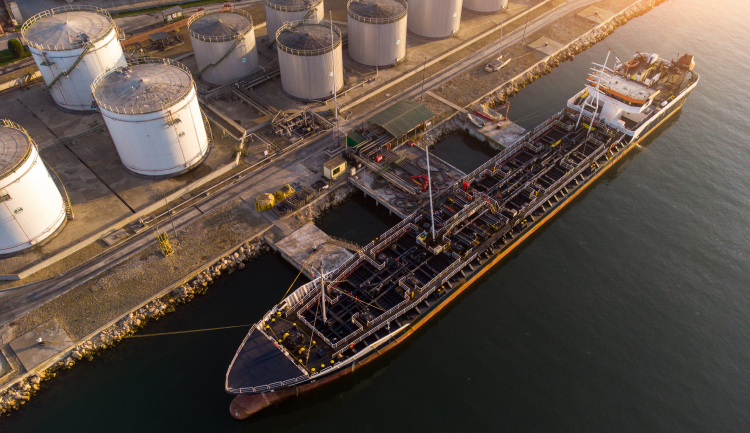
3. Emission Reduction Targets
Shipowners set emission reduction targets in line with international regulations and industry standards. They monitor and report on their progress toward meeting these targets.
4. Fleet Renewal
Replacing older vessels with modern, eco-friendly ships that meet stringent emission standards is a key strategy for shipowners to improve their fleet’s overall environmental performance.
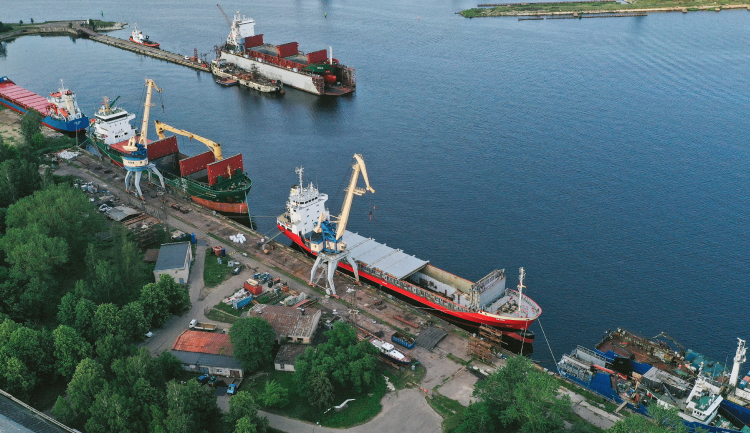
5. Energy Management Systems
Implementing energy management systems helps optimize vessel operations, reducing fuel consumption and emissions during voyages.
6. Shore Power and Cold Ironing
Utilizing shore power or cold ironing (plugging into an onshore electrical grid) when ships are at ports reduces air pollution and emissions while berthed.
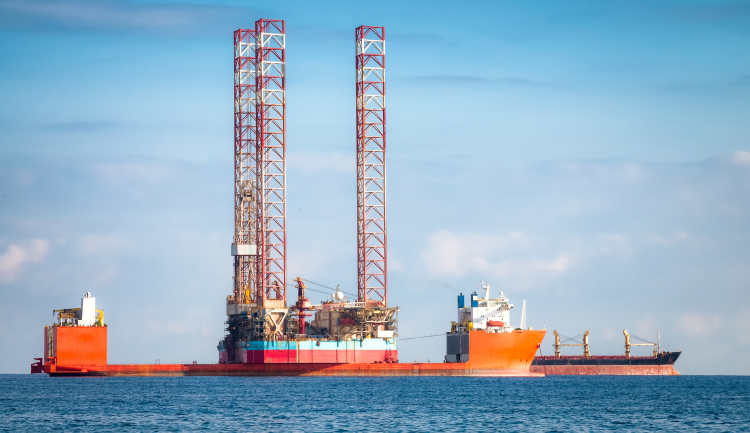
7. Ballast Water Management
Complying with ballast water management regulations helps prevent the spread of invasive species and protect marine ecosystems.
8. Scrubbers and Exhaust Gas Cleaning Systems
Shipowners install exhaust gas cleaning systems or scrubbers to reduce sulfur emissions when using conventional fuels.
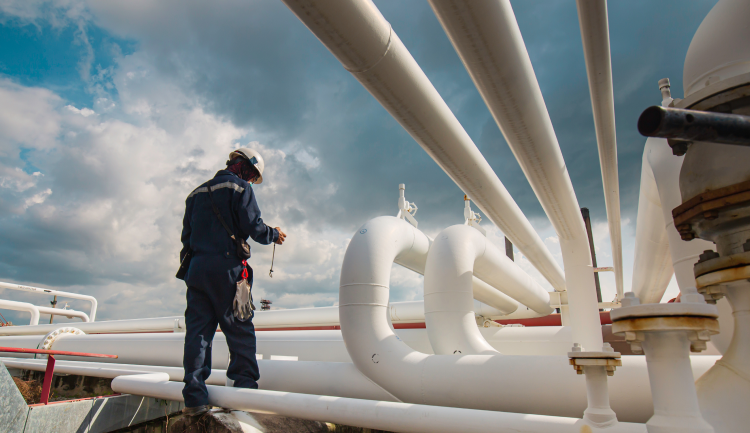
9. Scrubbers and Exhaust Gas Cleaning Systems
Shipowners install exhaust gas cleaning systems or scrubbers to reduce sulfur emissions when using conventional fuels.
10. Scrubbers and Exhaust Gas Cleaning Systems
Shipowners install exhaust gas cleaning systems or scrubbers to reduce sulfur emissions when using conventional fuels.

11. Scrubbers and Exhaust Gas Cleaning Systems
Shipowners install exhaust gas cleaning systems or scrubbers to reduce sulfur emissions when using conventional fuels.
12. Scrubbers and Exhaust Gas Cleaning Systems
Shipowners install exhaust gas cleaning systems or scrubbers to reduce sulfur emissions when using conventional fuels.

13. Scrubbers and Exhaust Gas Cleaning Systems
Shipowners install exhaust gas cleaning systems or scrubbers to reduce sulfur emissions when using conventional fuels.
About ChartDesk
ChartDesk shared mailboxes are virtual mailboxes that allow multiple people to access, view, and manage emails from a single account. This feature enables teams to collaborate more easily, as they can all access the same emails and reply to them as needed. ChartDesk shared mailboxes also provide users with a more secure way to store and share email data, as all emails are encrypted before they are sent. ChartDesk is on the Cloud.
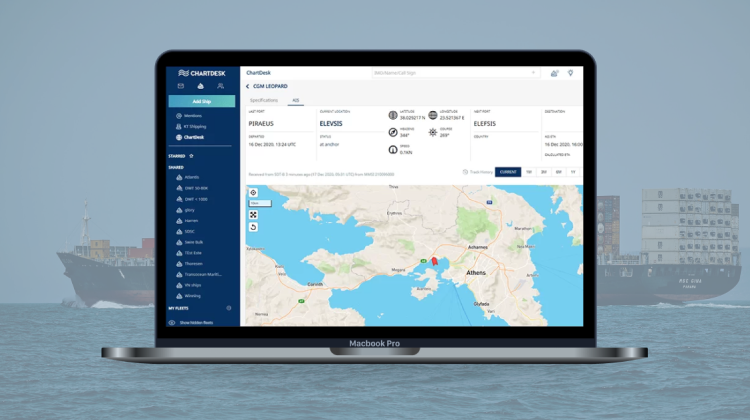

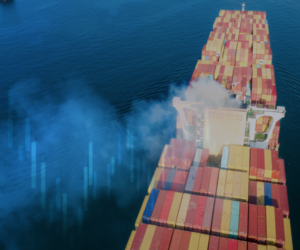



Leave a reply